It’s a sobering thought that between 1563 and 1736, around 4000 people were accused of witchcraft in Scotland, with women accounting for around of 85% of suspects.
During the witch hunt years there were approximately 350 known accused ‘witches’ in Fife.
The accused, viewed through the modern lens as innocent, would be tortured, tied to poles with tar barrels and burned at the stake.
Interest in Fife witch trials
Fife author Lenny Low’s first venture into the literary world came in 2006 with the launch of his book The Weem Witch.
It documented the five witch hunts that took place in Pittenweem.
A further three reprints saw the book sell in the thousands, with Bafta winner Emily Barker and her band the Clay Halo even writing a song about it.
However, this was just the start of Lenny’s interest.
With his brief fame, Lenny was invited to meet the Baron of Pittenweem, William Miller the 17th Baron.
The baron presented him with an old box containing an ancient pair of scissors and a vicious looking three-inch long pin.
These was the very items used on the 1704 Pittenweem witches.
They included the scissors used to shear the hair from the arrested witches and the pin used to prick their flesh to examine and determine through torture evidence of a witch.
Over time he added a 17th century scolds bridle to his collection along with vellum manuscripts associated to the people central to the witch hunts.
He now owns a library containing all the first edition books that contained the stories of the witch hunts as they happened.
Release of new book
Now, having written The Weem Witch, Largo’s Untold Stories, St Andrews Untold Stories, The Battle of St Monans and Scotland’s Untold Stories, he’s released his sixth book called The Lowdown on Witches.
With the Scottish Government and Church of Scotland having this year apologised for historic actions that saw innocent people accused of witchcraft then pursued and killed, he describes the book as “nothing but a dedication” to the victims.
“Some of these tales are making it in print for the first time in my book,” explains Lenny.
“Take the year 1645, Dundee. The Highland army under General Montrose just arrived outside Dundee’s walls, breached them and ransacked the city with thousands of Highlanders mad for drink and spoil.
“Dundee in the mists of winter and its stores stretched to the limit soon lost the Highland army and it was replaced by a government army in its thousands who were chasing the Highlanders.
“They in turn needed to feed the many thousands and Dundee’s stores were completely emptied.
“Starvation loomed! And the population scratched a living from what they could.
“It had not gone unnoticed that a small bothy near Bonnetmakers hill, two young girls seemed unaffected by the famine and stayed generally healthy.
“Wicked voices brought unearthly accusations of witchcraft and a pitchfork mob was formed to confront the two girls.
“It was found the two girls had been very illustrious in their cuisine – harvesting the massive long slugs that live in the long grasses of the Dundee Hill.
“Keeping them in a wooden box and boiling them and eating them.
“This proper “kitchen nightmare” was praised by the elders of the city and their witch accusations faded.
“These girls were lucky as the mob was appeased. But many others were not so lucky.”
First time in print
Lenny explains that the book contains 30 such chapters – all taken from the first sources and diaries from the courts with some of the history in print for the first time.
Stories include the baby eating Forfar Witches, the women from Forres stuck in barrels pierced by 12-inch nails and then rolled down the hill, the woman pregnant by cats, the Brechin witches who fell out the fires lit for them – and were pushed back in alive!
There’s also the St Monans Witch who’s having a street named after her, the Largo, Thurso, Perth and Culross cases and the shocking Bute and Crail trials.
“This book contains 30 such like chapters, each story different, some actually funny,” says Lenny.
“But being from Largo I managed to emphasise the Largo Witches and what details are known of the cases.
“From Largo Law I feast my eyes on the horizon seeing the coastline from Kirkcaldy to Crail.
“And in this I add a list of the witches found just on this coastline – all 108 of them!
“The book has many colour photos giving the reader a view of the actual torture items in the collection.
“Its a sobering thought the widespread witchunts in Scotland.
“A visitor to Fife in August 1661 reports 120 burnt in Fife in that month alone!”
Where to get the book
The Lowdown on Witches, by Lenny Low, published by Guardbridge Books, is out now from bookshops.
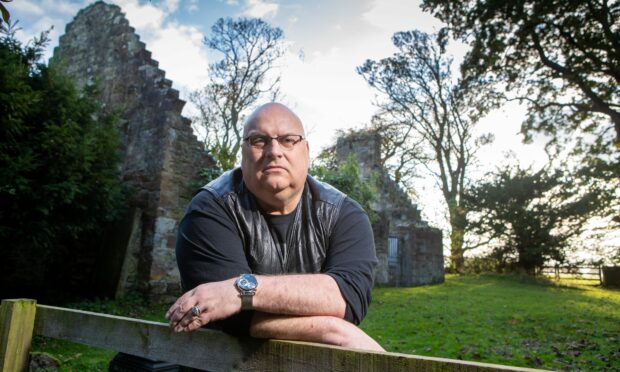
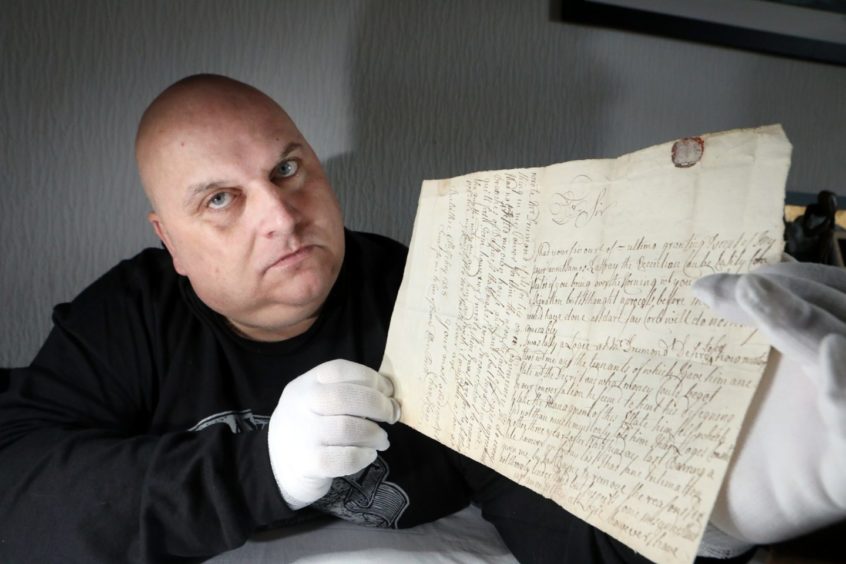


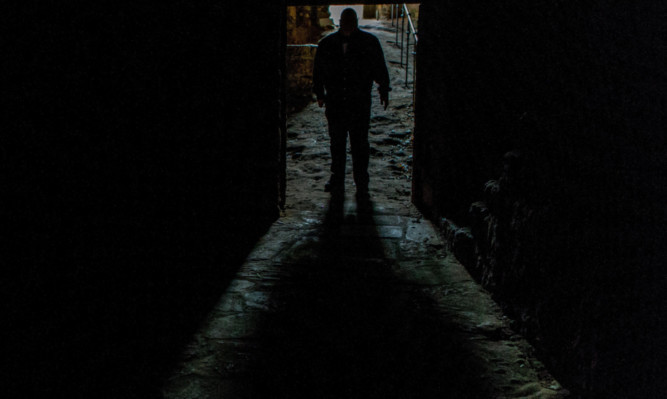
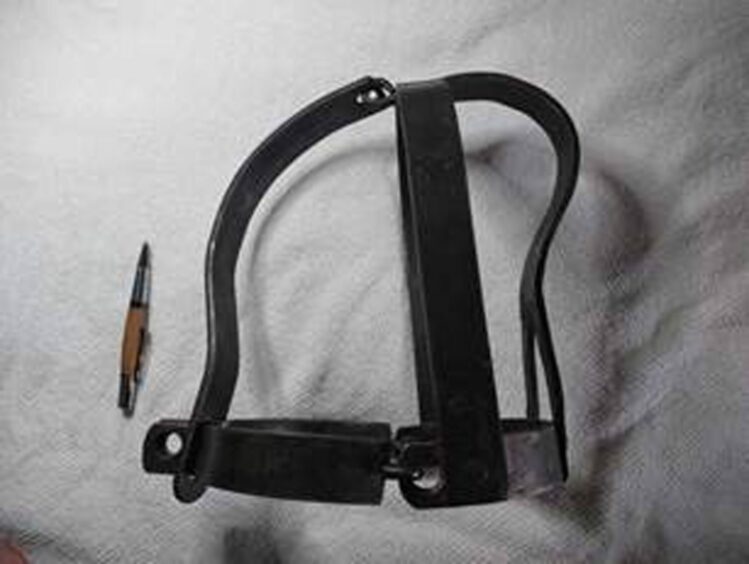
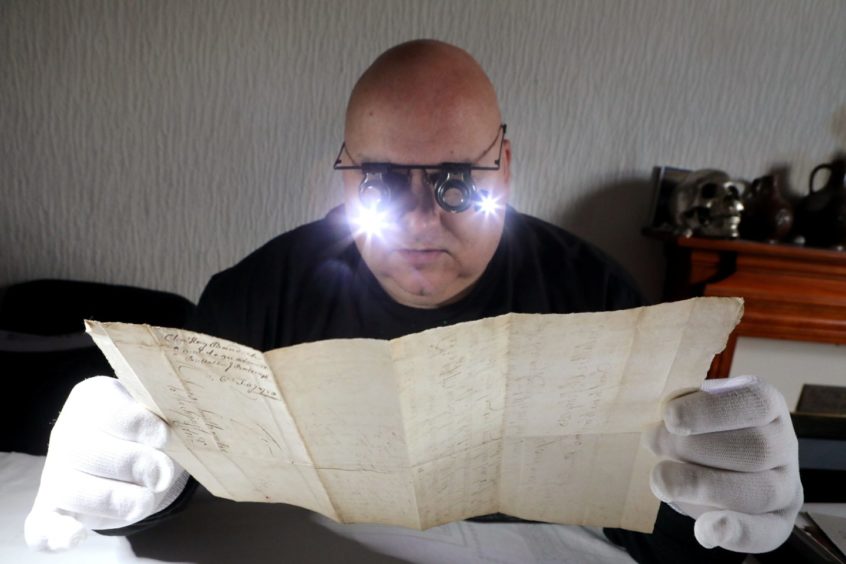




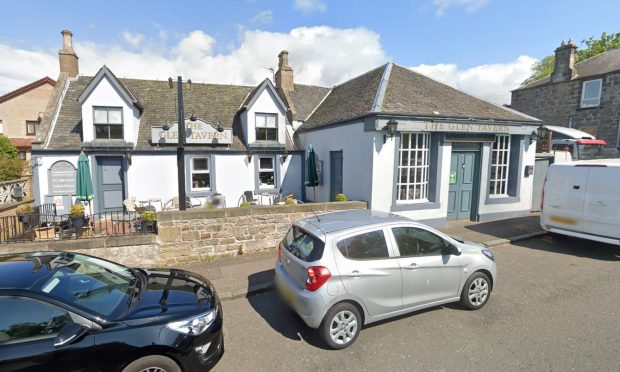



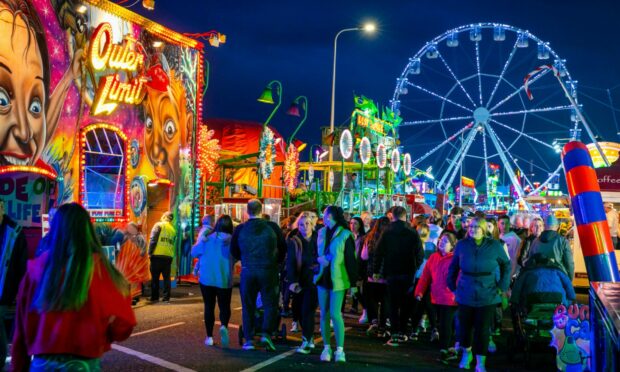

Conversation